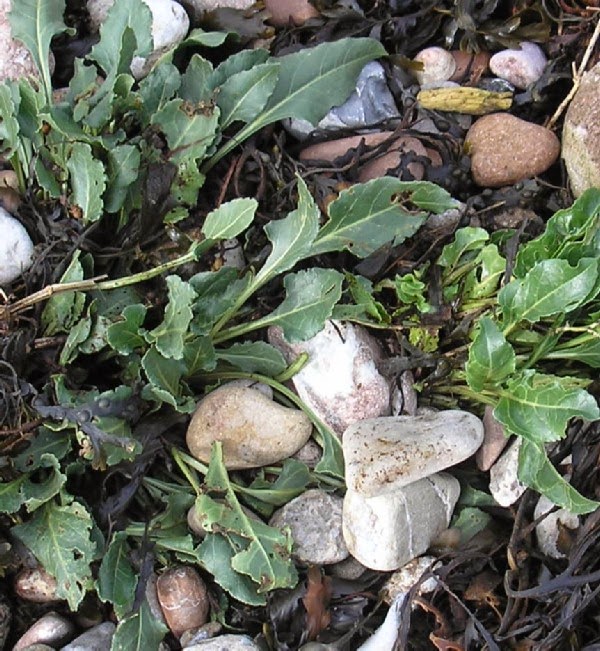Dragon Tree growing at the Lisbon Botanical Gardens. Photo by Steve Andrews
Dragon trees come from Tenerife and the Canary
Islands, and it is said they are also found in Cape Verde, Madeira and parts of
Morocco, so I wasn't expecting to find them in Portugal or Gibraltar. However, they do grow in these places and grow very well there, as I was to discover.
Dragon trees can be seen in a botanical garden in the
centre of Lisbon in Portugal and also in parks and gardens in Gibraltar. The
dragon trees in these locations were just as healthy and well-formed as most of
their counterparts in Tenerife, though admittedly not as big as some of the
very old trees found in the Canary Islands.
Dragon Tree in Lisbon. Photo by Steve Andrews
The dragon tree (Dracaena
draco) is a weird plant, not really a tree, although it grows to tree-like
proportions. It has spiky leaves that grow in rosettes and bears small white
perfumed flowers that turn into orange-red berries as they ripen.
Dragon Tree berries. Photo by Steve Andrews
Dragon trees get their name because if cut they bleed
a red sap known as Dragon’s Blood, and also because aerial roots that hang
downward can resemble a dragon’s beard.
The dragon tree produces a mushroom-shaped head of
branches that fan outwards. The many branches in these dragon tree crowns are
said to be like the hundred heads of a dragon that the hero Hercules killed.
Drago Milenario. Photo by Steve Andrews
Dragon trees can grow for a very long time and the
Drago Milenario that grows in Icod de los Vinos in Tenerife is said to be
1,000-years-old, though estimates put it more like somewhere between 250 and
650 years in age.
Whatever its age, the Drago Milenario is a majestic specimen
and is the oldest dragon tree in the world. It has become a plant symbol of
Tenerife and many tourists flock to see it in the Parque del Drago it stands
in.
Dragon trees are very rare in the wild but are
extensively cultivated in subtropical gardens and parks. They take a very long
time to grow and only have a single trunk until the first time they flower when
the tree produces side shoots from its crown. It can take 10 years before a
dragon tree is big enough to flower and then branch.
Branching Dragon Tree. Photo by Steve Andrews
The dragon tree has been classed as a medicinal herb
because its sap is said to be good for strengthening the gums.
The Guanches, who were the people who lived in
Tenerife before the Spanish Conquest made shields out of the trunk and held the
dragon tree in great reverence.
Dragon tree berries have one or two seeds and can be
germinated easily enough though they may take as much as a month before
sprouting.















%2Bpublic%2Bdomain.jpg)
.jpg)





